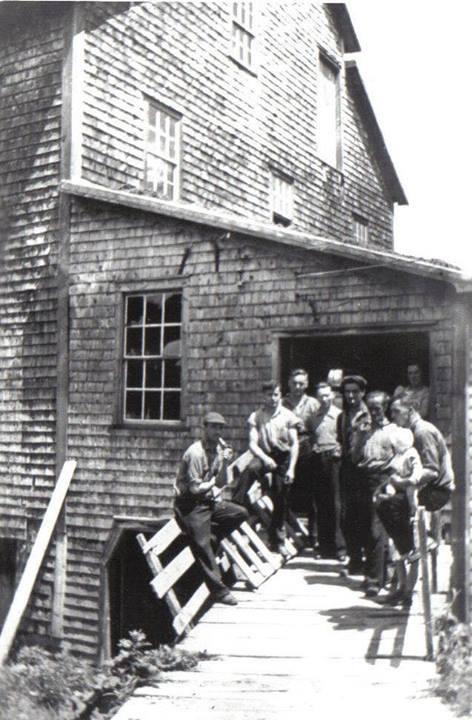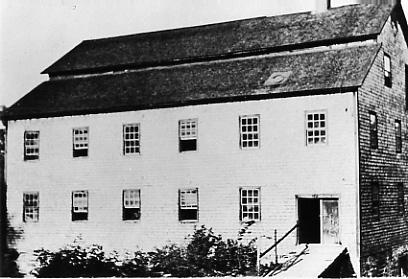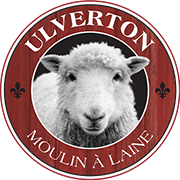The Ulverton Wool Mill was established in 1849 by William Read Dunkerley, in an existing sawmill and carding mill, at a time when the wool industry was booming in the Eastern Townships. Pioneers from this region, coming from New England, maintained connections with residents of the northeastern United States, where the wool industry was already well established. Other British immigrants also settled here during the first half of the 19th century. All of these people brought with them expertise that left its mark on the region, both technologically and architecturally. Thus, the Ulverton mill adopted the four-level structure of mills built in the American states of New England since the late 18th century.

Wool mills like Ulverton’s operated in symbiosis with the rural environment. In the 19th century, farmers would bring their wool to the mill for carding, spinning, and dyeing. Subsequently, women would weave and transform it into garments at home. Owner of the Ulverton mill for 23 years, William Read Dunkerley transformed it into a true manufacturing hub. By 1851, the company stood out for the quality of its wool. Following financial problems faced by Dunkerley, the mill was taken over by his creditors in 1872 and sold to Georges Henry Goddard in 1875. The mill then became known as the Goddard Mill. Four owners would succeed thereafter. In 1924, Joseph Blanchette, who had been operating the mill since 1906, added an annex to the north facade of the building following the purchase of a new spinning machine. The main entrance was then relocated to this side.


In 1944, unable to adequately meet the needs of the business, the mill relocated to Princeville. The building was briefly used by a mink farmer before being completely closed and abandoned.
In 1982, the Ulverton Wool Mill was recognized and restored. The annex was removed, and the main entrance door was returned to its original location. Ten years later, a new annex, inspired by the previous one, was rebuilt. It was designated a historic monument in 1977 with the enactment of the Cultural Heritage Act. Today, the Ulverton Wool Mill houses an interpretation center on wool production and processing.
